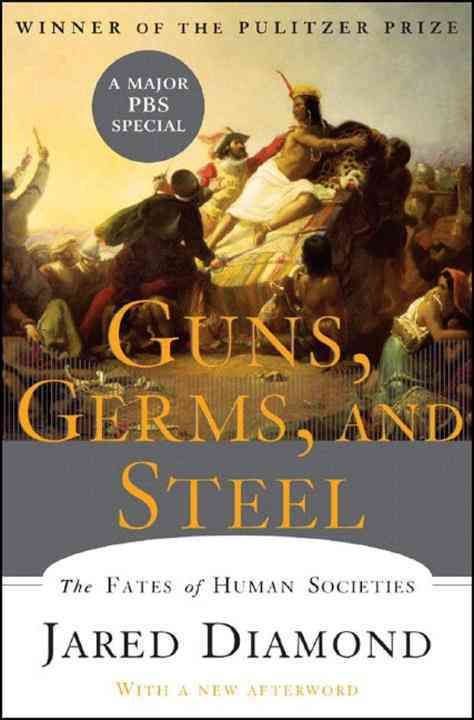

The environment of ancient Polynesian society heavily dictated the lifestyle and behaviors.The same is true for many large mammals that occupied the Americas over 10,000 years ago.

Humans were likely responsible for the extinction of nearly all of Australia’s large mammals.It was the first use of water craft and range extension by humans. The occupation of Australia was an incredible feat.Only one can actually be the earliest, of course. As a result, every few years there is a new “earliest” discovery. Interesting side note: scientists are always competing to discover the “earliest human remains” or the earliest XYZ.Science, however, has produced no substantial evidence to indicate this is the primary cause of different outcomes. People assume there is some innate biological difference that made Europeans smarter, more creative, or more resilient. The most common explanation of the different trajectories experienced by Europe compared to Africa, Asia, Oceania, etc.It improves our ability to take effective action. Many people mistakenly assume that discussing history is just a way to explain away tough issues. Understanding the causes of history improves our ability to intervene and improve the world.Around 11,000 years ago all human societies were hunter gatherers.This book seeks to answer the question, “Why did the rate of progress differ so much for cultures on different continents?”.History followed different courses for different peoples because of differences in their environments not because of biological differences in the people themselves.This summary also includes key lessons and important passages from the book. My notes are informal and often contain quotes from the book as well as my own thoughts.

This is my book summary of Guns, Germs, and Steel by Jared Diamond. There are four primary reasons Europeans rose to power and conquered the natives of North and South America, and not the other way around: 1) the continental differences in the plants and animals available for domestication, which led to more food and larger populations in Europe and Asia, 2) the rate of diffusion of agriculture, technology and innovation due to the geographic orientation of Europe and Asia (east-west) compared to the Americas (north-south), 3) the ease of intercontinental diffusion between Europe, Asia, and Africa, and 4) the differences in continental size, which led to differences in total population size and technology diffusion. This is particularly notable in the rise of European peoples, which occurred because of environmental differences and not because of biological differences in the people themselves.

Some environments provide more starting materials and more favorable conditions for utilizing inventions and building societies than other environments.


 0 kommentar(er)
0 kommentar(er)
